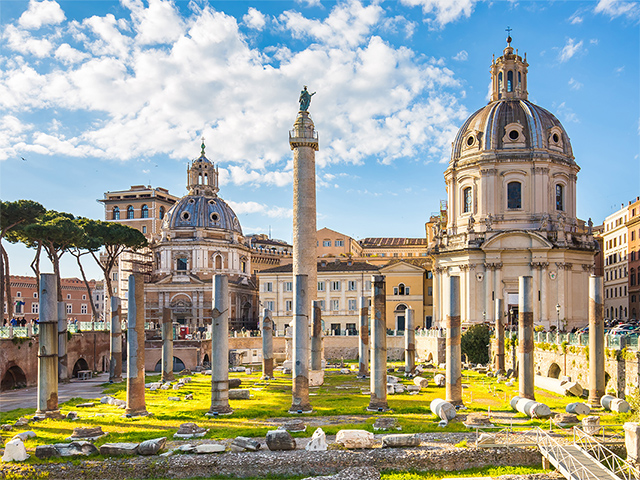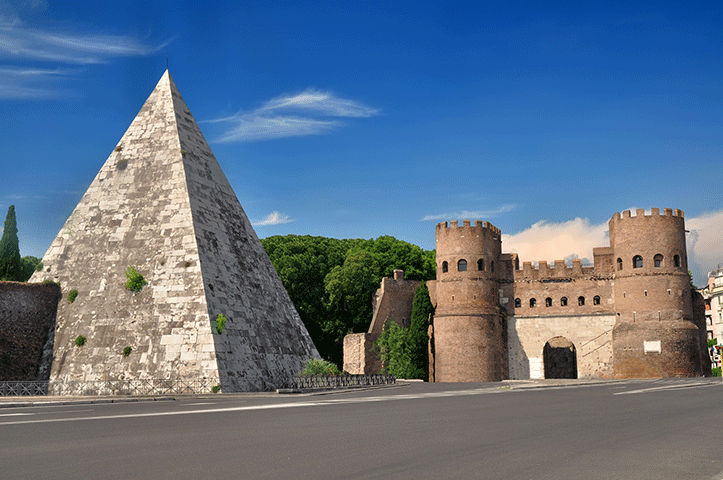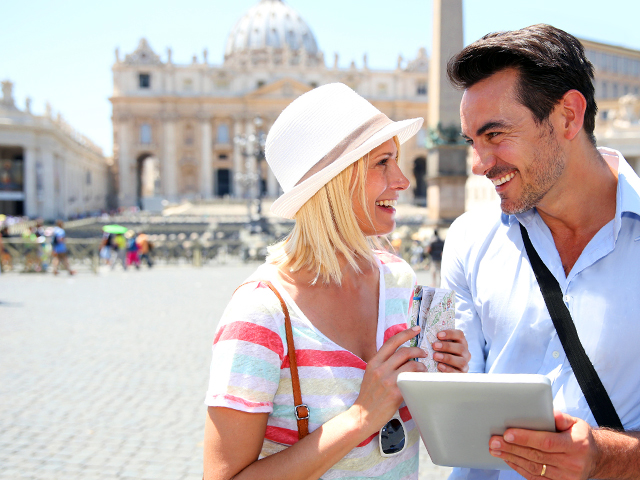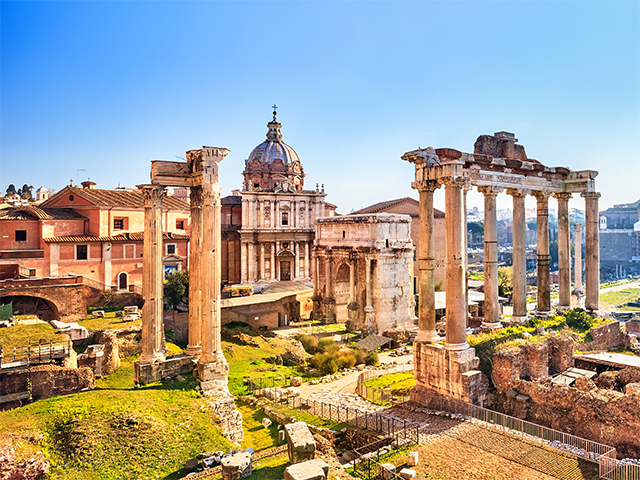Visiting the Colosseum: pictures, history, opening hours and ticket prices
Pictures, history, opening hours, ticket prices and all the information to visit the Colosseum in Rome skipping the line.Unmissable, one of the seven wonders of the world, UNESCO World's Heritage Site: in our opinion, you must go to Rome at least once and visit the Flavian Amphitheatre.
That's right, because its original name was Flavian Amphitheatre, since the complex was built in the Flavian Age. Over the centuries, though, especially in the Middle Ages, Romans atarted calling it Colosseum, both for the near presence of a colossal bronze statue and for its colossal dimesions.
DISCOVER ALL THE TOURS OF THE COLOSSEUM

The Colosseum of Rome: an icon of Italy in the world
"As long as the Colosseum stands, so shall Rome; when the Colosseum falls, Rome shall fall; when Rome falls, so falls the world"
Profecy of Saint Bede the Venerable, 8th century
The Colosseum: how to visit it free and skip the line
The Colosseum is located right in the center of Rome, between the Celio area and the very neighboring Imperial Fora and Venice Square. It is easily reachable by public transport, for all useful information we redirect you to the box at the bottom of this page.
There are two ways we recommend to visit the Colosseum:
- CHEAP WAY, walking around it and feeling the Imperial atmosphere, taking some pictures and some selfies from all the possible perspectives, maybe while having a drink in one of the nearby restaurant-bars;
- CULTURAL WAY, going inside paying a ticket that will allow also access to the complex ot the Roman Forum and the Palatine Hill, along the Imperial Fora.
Our tip is always to visit it paying a ticket, but, of course, it depends a lot on how much time you have. Let's say that in a "hit-and-run" way, it's better to admire the majesty of the Colosseum from the outside, especially if you haven't booked your ticket online...
To skip the line you only need to book online. The ticket is valid for 2 days since the moment of the purchase.
At www.colosseo.it you’ll find tickets always available, with skip-the-line priority access at the best guaranteed price. Choose from exclusive tours of the Arena, Underground, Imperial Forums, and Domus Aurea, and experience Rome’s history with expert guides.
BOOK NOW FOR A UNIQUE EXPERIENCE: WWW.COLOSSEO.IT
Also, admission to the Colosseum is free for all UE and overseas citizens under 18, for Italian teachers and the first Sunday of each month, admission is free for everybody without prior booking.
The Colosseum: an icon in the world
You can't and should not miss a visit to the Colosseum: the biggest amphitheatre in the world, Rome's and Italy's most famous monument, so much as to be an authentic symbol abroad, included in 1980 in the UNESCO World Heritage Site list (together with the whole Historic Center, the properties of the Holy See in Italy and the Basilica of St. Paul) and in 2007 included among the "seven wonders of the world" according to a competition announce by New Open World Corporation.
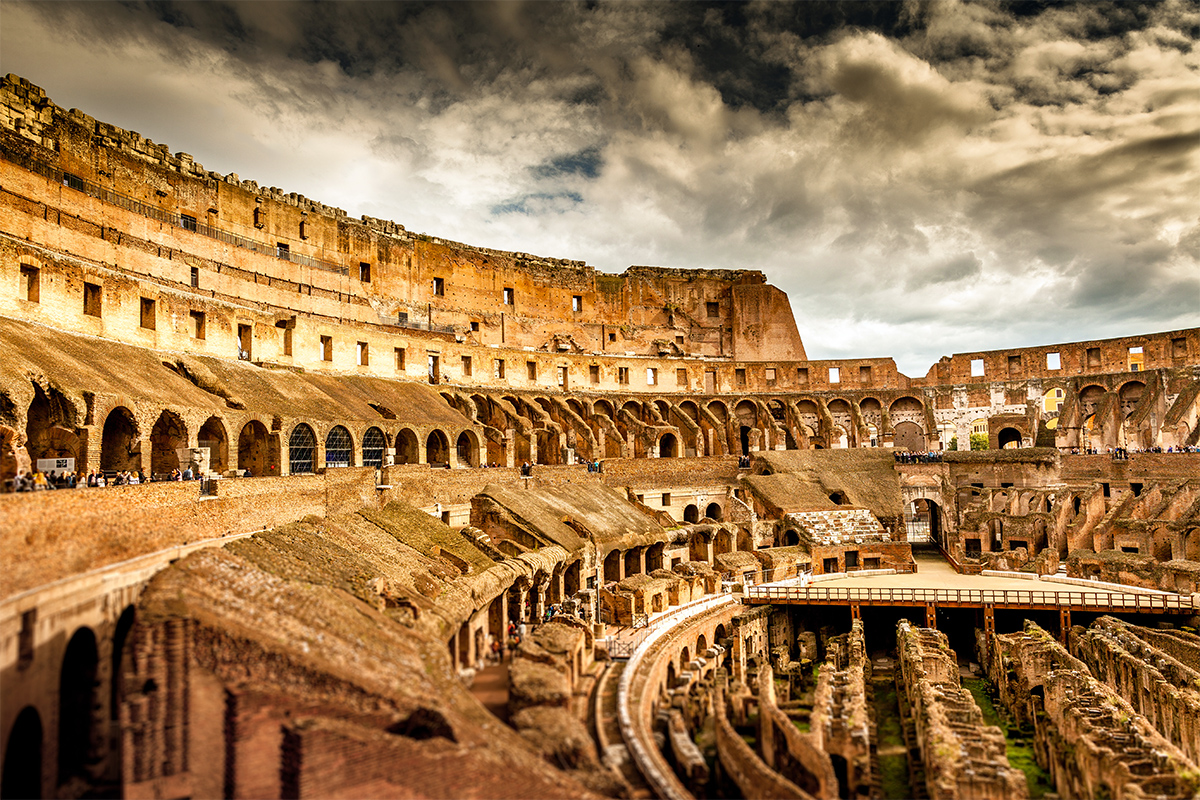
The Colosseum of Rome seen from the inside
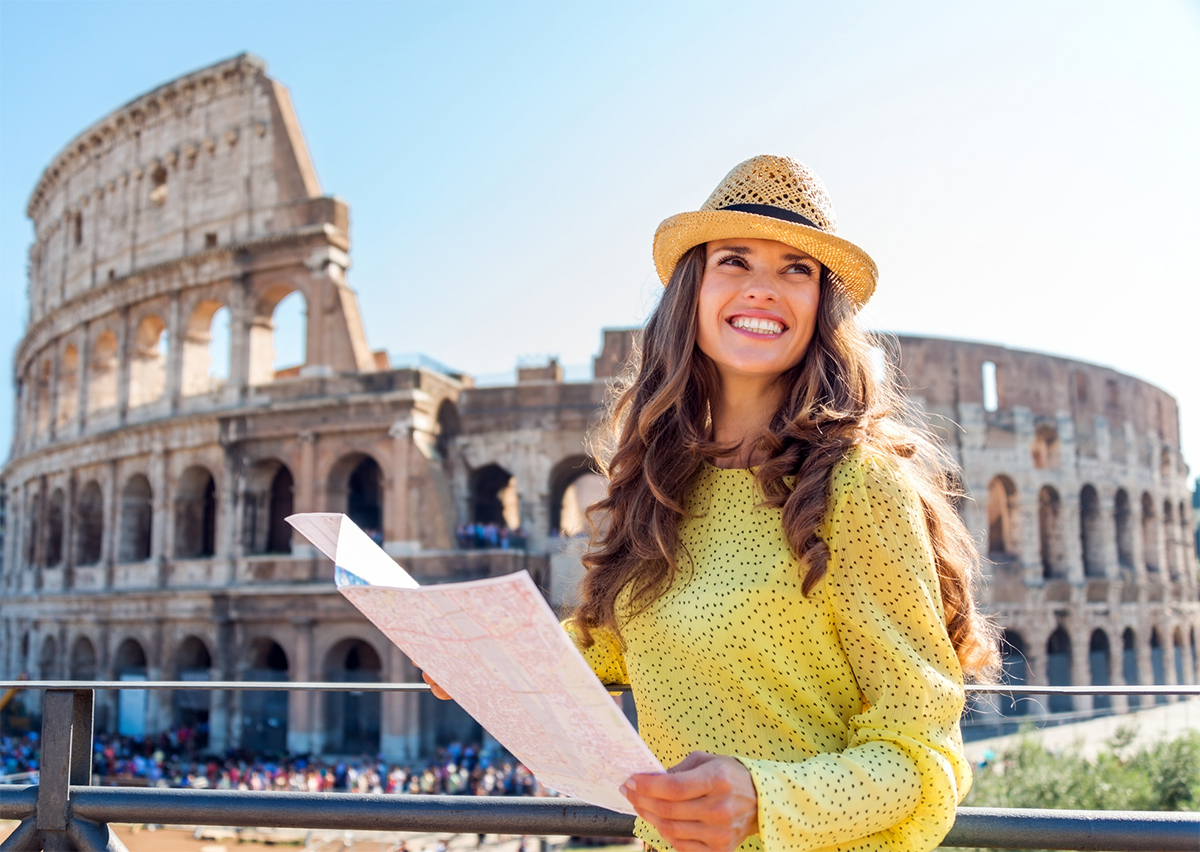
Visit the Colosseum of Rome
The Colosseum: data
- 2,000 years of history,
- over 70,000 spectators,
- a perimeter of 527 metres,
- an internal surface area of over 3,000 square metres,
- a height of 48 metres.
The base of the amphiteatre rests upon a travertine platform that lifts it up in relation to the surrounding area. Foundations are constitued by big tuff stalls almost 13 m thick, covered outside by a brick wall.
The Colosseum: a bit of history
The origins of the Colosseum date back to 72 ADwhen Vespasian started its construction. Works were financed mainly with thebooty obtained with the sack of the temple of Jerusalem, two years earlier. In 80 Titus unveiled it with 3 months of games. It became immediately a symbol of the Imperial greatness and it was mainly used for celebrations and people's leisure, including gladiator shows, commemorations of famous battles and tragedies based on Greek mythology.
From the sixth century, it started to be in disuse an it started having different uses: area of burials, castle, quarry for building materials. In 1349, after a big earthquake the structure was heavily damaged. It became a holy place and, finally, the church consacrated to Christ and Christian Martyrs between the seventeenth and eighteenth centuries. Over those centuries, the Colosseum was inhabited and the Romans even built inside! The negligence, together with heavy earthquakes, endangered the Colosseum, that underwent different interventions between the eighteenth and nineteenth centuries.
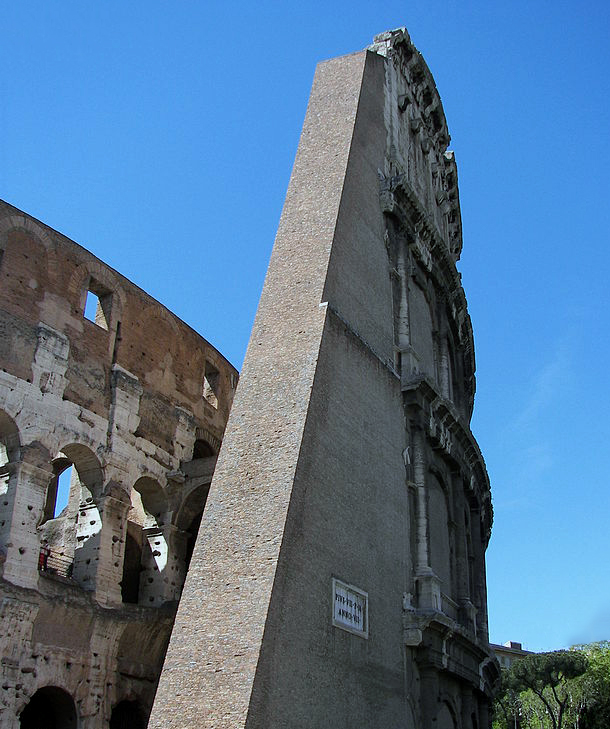
Colosseum: detail of the spur made by Stern - Photo by Wknight94, CC BY-SA 3.0
Very important, and visible still today, are the renovation works made by Raffaele Stern in 1806 adding a brick buttress:
In the twentieth century, after the works held to build the Imperial Fora, the Flavian Fountain was definitely destroyed.
In 2007 the Colosseum complex was included among the Seven wonders of the modern world.
The Colosseum: the games
The Colosseum has represented for centuries the leisure and entertainment to Romans. The activities followed a very specific programme:
- in the first part of the day, fights between animals or between a gladiator and an animal,
- then, sentences to dead
- the day culminate with fights between gladiators, the most expected moment by spectators.
There was a lot of violence and blood involved. To give you an idea, during the opening games organised by Titus, 2,000 gladiators an 9,000 animals died!
Gladiators were slaves, war prisoners but also free men. You could as well choose to become a gladiator.

A depiction of a gladiator's fight
They were forced to enter in a school for gladiators and in most cases, they posponed their death sentences but could also rehabilitate fightig in the arena, showing courage and skills with performances that captured the spectators' approval.
In the 4th century, emperor Costantine, after embracing the Christian faith, banned the fights although those continued more or less clandestinely until 439 B.C. when they finally disappeared.
Useful information
Colosseum - Flavian Amphitheatre
- HOW TO GET THERE
- From the Port of Civitavecchia go towards Civitavecchia Train Station and take the train bound for Roma termini. From there Metro line B stop Colosseo.
Buses: 75, 81, 673, 175, 204Tram: n.3 - TIMETABLES
- From 2nd January to 15th February: 8:30 - 16:30
From 16th February to 15th March: 8:30 - 17:00
From 16th to the last Saturday of March: 8:30 - 17:30
From the last Sunday of March to 31th August: 8:30 - 19:15
From 1st September to 30th September: 8:30 - 19:00
From 1st October to the last Saturday of October: 8:30 - 18:30
From the last Sunday of October to the 31st December: 8:30 - 16:30 - PRICES
Full ticket €12.00
Reduced ticket €7.50
For Tickets online



 PORT MOBILITY CIVITAVECCHIA
PORT MOBILITY CIVITAVECCHIA










